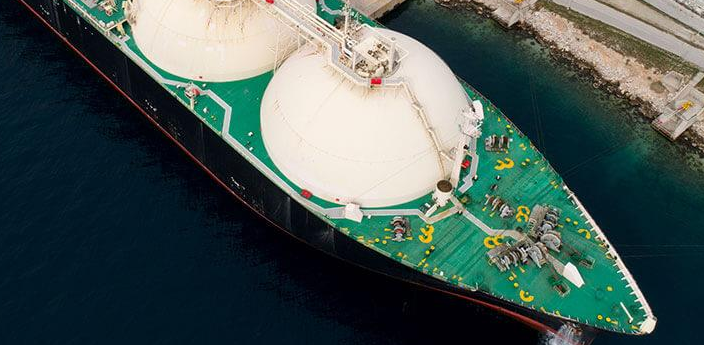Cargo tanks onboard liquefied gas carriers always contain flammable or toxic vapors when in operation. In its latest liquefied gas update from ‘The Gas Gauge’, USCG shares some tips to conduct a ‘Cargo Environmental Control Examination’.
Inert gas systems (IGS) are installed on liquefied gas carriers to meet operational demands like gas freeing, before gassing up, and in some cases, between the switch of cargoes.
When performing the examination of the IGS, examiners need to verify the following three items:
- System has an operational O2 content meter;
- System has an operational alarm for when oxygen levels exceed 5%;
- Means to prevent backflow of gas is provided.
The crew must also be able to demonstrate the operation of these three components and the inspector should analyze functionality without energizing the system.
In addition, nitrogen gas generating systems are used onboard liquefied gas carriers for many applications to include:
- Inerting interbarrier spaces;
- Insulation spaces and hold spaces;
- Purging pipelines and cargo related machinery;
- As gas tight bulkhead seals.
There are two main types of nitrogen generators: membrane separation, and pressure swing adsorption. The examiner must be familiar with
the basic functionality and properties of these systems.
[smlsubform prepend=”GET THE SAFETY4SEA IN YOUR INBOX!” showname=false emailtxt=”” emailholder=”Enter your email address” showsubmit=true submittxt=”Submit” jsthanks=false thankyou=”Thank you for subscribing to our mailing list”]
What is more, when carrying out the examination of a nitrogen plant, the same three items as with the IGS have to be verified.
Finally, most of the liquefied gas carriers can generate nitrogen onboard. Nonetheless, in case that a generator is not provided, storage tanks must be enough for normal consumption for at least 30 days.




























































